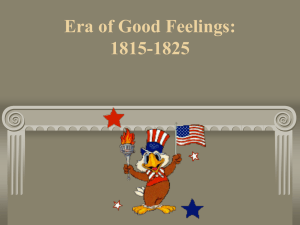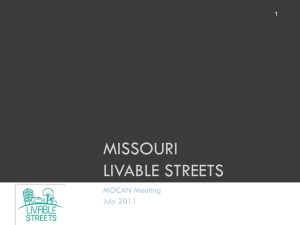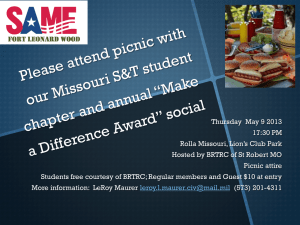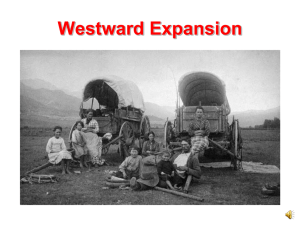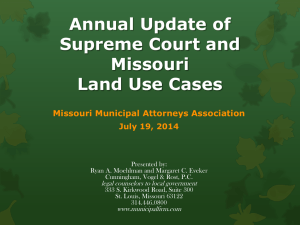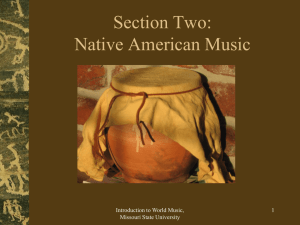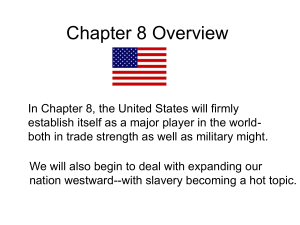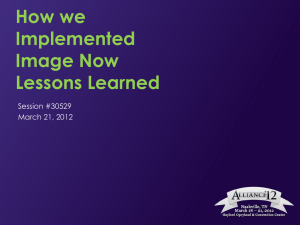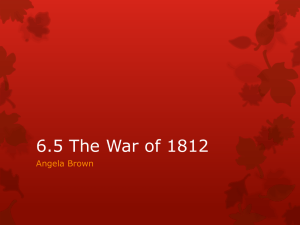Introduction to World Music MUS 239
advertisement
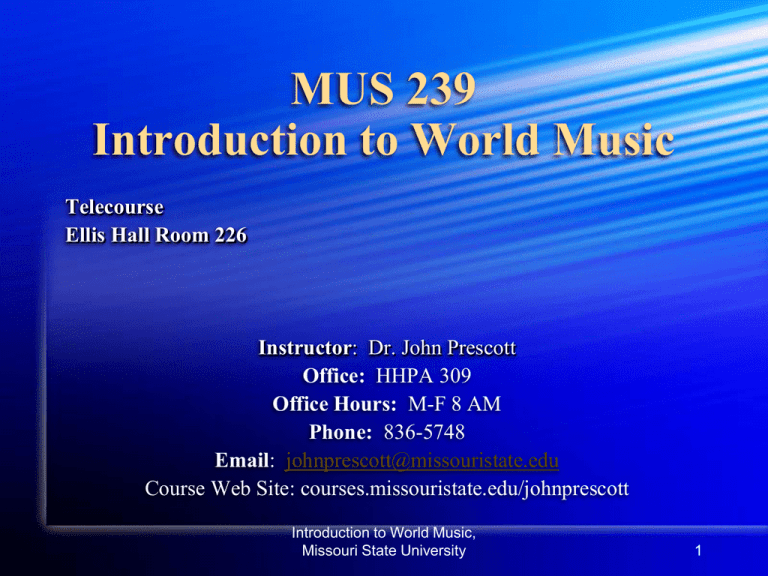
MUS 239 Introduction to World Music Telecourse Ellis Hall Room 226 Instructor: Dr. John Prescott Office: HHPA 309 Office Hours: M-F 8 AM Phone: 836-5748 Email: johnprescott@missouristate.edu Course Web Site: courses.missouristate.edu/johnprescott Introduction to World Music, Missouri State University 1 Reading Assignment for Today Chapter 1 What are the four components of a Music-Culture? Can you hear and feel the metrical rhythm in the pieces you are listening to? Chapter 10 What type of music do YOU want to learn about? Introduction to World Music, Missouri State University 2 MUS 239 Introduction to World Music Chapter 1: The Music-Culture as a World of Music Introduction to World Music, Missouri State University 3 What is music? Soundscape: characteristic sounds of a place In general, music is sound that is humanly organized. Sometimes it’s not easy to separate sound and music. Musical Examples I:1, and I:2. Introduction to World Music, Missouri State University 4 Patterns in Music Rhythm & Meter Melody Principal tune made of a succession of tones in particular rhythm Harmony Metrical rhythm: rhythm with recurring accent pattern Accompaniment to a melody Form Structural arrangement of musical ideas Introduction to World Music, Missouri State University 5 Harmony/Texture; Four Kinds Monophonic (distinct single melody) Homophonic (single melody with accompanying harmony) Polyphonic (more than one melody) Heterophonic (single melody but each instrument plays it differently) Introduction to World Music, Missouri State University 6 Ways of Looking at Musical Instruments: Classification (Sachs-Hornbostel Instrument Classification) Idiophone Membranophone Chordophone Aerophone (Electrophone) Introduction to World Music, Missouri State University 7 Lines are not always easy to draw There are hybrids such as tambourines or kazoo; distinctions can be fuzzy Greater interest now in insider’s words, context, style. Introduction to World Music, Missouri State University 8 Ways of Looking at the Cultural Elements that Surround and Give Meaning to Music Four Components of a Music Culture 1. Ideas about music 2. Activities involving music 3. Repertories of music 4. Material culture of music Introduction to World Music, Missouri State University 9 I: Ideas About Music Music and the Belief System Aesthetics of Music Contexts for Music History of Music Introduction to World Music, Missouri State University 10 II: Activities Involving Music Basic aspects of social organization Status and role Other considerations Introduction to World Music, Missouri State University 11 III: Repertories of Music Definition: stock of ready performances Style; combined elements Genres Texts Composition Transmission Movement Introduction to World Music, Missouri State University 12 •IV: Material Culture of Music Material objects that a culture produces, such as • Musical instruments • Paintings, documents, art • Scores, books, sheet music, books Impact of mass media Introduction to World Music, Missouri State University 13 General Principles of World Music Music-cultures are dynamic rather than static; a music rarely “dies out.” Music used as a controlling force Ethnocentrism is generally not a positive element in the study of world musics Use of particular scale forms Pentatonic 12-Tone Chromatic Other Introduction to World Music, Missouri State University 14 Useful Scales Introduction to World Music, Missouri State University 15 Chapter 10 Organizing Principles 1. Family 2. Generation & Gender 3. Leisure 4. Religion 5. Ethnicity 6. Regionalism 7.Nationalism 8. Commercial Music Introduction to World Music, Missouri State University 16 Research, Documentation & Reporting: some things to consider Gaining Entry Library & Internet Research Participation and Observation Ethics Gain permission Honesty Field Gear Interviewing (open questions, not leading) Sharing the information (Report) Introduction to World Music, Missouri State University 17 Homework Assignment No. 1: Write and e-mail me a one-paragraph Project Proposal, with description of organizing principles (from Ch. 10) to be used. Indicate option 1 or 2, and if option 2, who will be interviewed. Read Chapter 2: North America/Native America Introduction to World Music, Missouri State University 18

